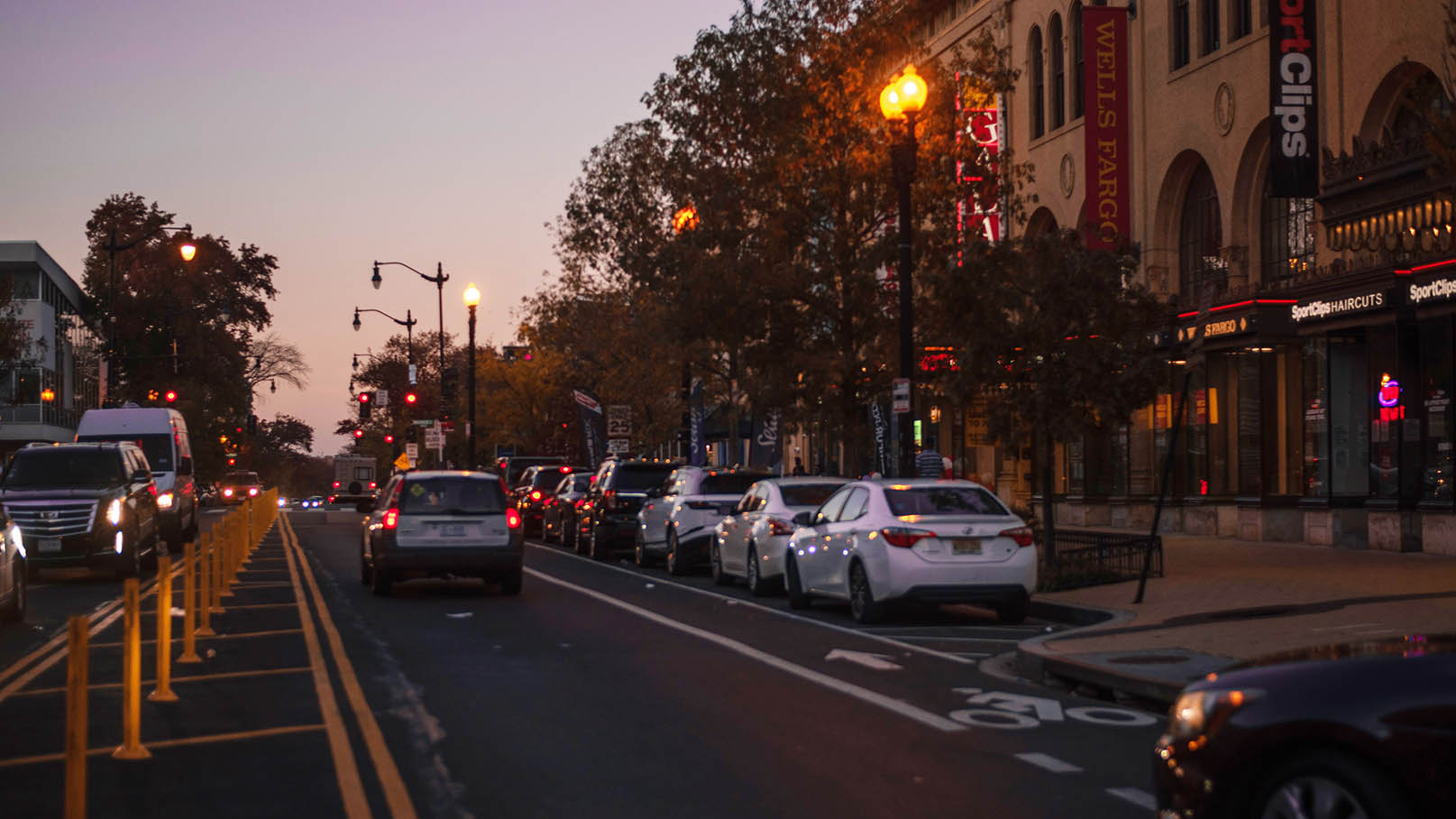Days after Washington, D.C., issued a stay-at-home order to contain the spread of the coronavirus this summer, University of Maryland architecture professor Ming Hu pored over data about energy efficiency in the city’s localities.
On a whim, Hu decided to place the city’s energy efficiency maps next to its coronavirus case map — and what she found was an unusual link between areas with housing that had low energy efficiency and areas with high instances of the coronavirus.
“One day, it just occurred to me,” Hu said. “There is such obvious correlation between those two maps.”
The discovery led to a comprehensive research study about how aspects of the built and social environments — such as housing, race and income levels — play a role in COVID-19 transmission in Washington, D.C.
The study, published earlier this month, also highlights how built environment factors and long-standing social inequalities place the city’s majority-Black neighborhoods at an increased risk of becoming COVID-19 hotspots.
Now the researchers are passing along their work to local government officials, hoping it will be used to mitigate further spread of the coronavirus as Washington, D.C., endures a second wave of cases.
“We really need someone to grab onto this study and actually do something about it,” said David Milner, a former architecture student who co-authored the study.
[Gov. Hogan announces limitations on bars and restaurants in Maryland]
After linking energy efficiency and COVID-19 death counts, Hu reached out to Jennifer Roberts, a professor in the public health school. The two began to analyze other built environment factors, such as housing quality and living conditions, and compared them with coronavirus infection rates.
Roberts and Hu found another pattern: Areas with overcrowding, older homes and a lack of accessible green space, among other factors, also had a higher share of coronavirus deaths. The researchers pinpointed two specific locations that met these criteria: wards 7 and 8.
But isolating the structural elements of those areas only told half the story — nearly all residents in the two wards are African American, and the wards had the highest poverty rates and the highest proportion of essential workers in the city.
“This research was done on the D.C. level, but this is just a microcosm [for] other areas where you have large populations of marginalized communities, where they will be the ones who are hit the most,” Roberts said.
Pouring more resources into traditionally overlooked communities is one way to improve the factors that make residents there more vulnerable to the virus, said Gesine Pryor Azevedo, a graduate student in the architecture school and a co-author of the study.
[Tightened COVID-19 restrictions in Prince George’s County go into effect Nov. 15]
Hu believes the city should provide temporary housing to essential workers to mitigate the pandemic’s spread in and around their homes. Overcrowding was the built environment factor with the largest correlation to COVID-19 death counts in the city.
The researchers are sending this suggestion to local commissioners in wards 7 and 8, along with a copy of the study. They’re also including potential new hotspots in other D.C. wards, which they predicted based on analyses of preexisting hotspots. Three zip codes — 20018, 20020 and 20024 — shared factors most commonly associated with high COVID-19 death counts.
Making this information available to those in power so they can intervene on behalf of high-risk residents was central to the research, Hu said.
“Our research is useless if they do not react to this,” she said.
Roberts emphasized that the inequalities that make Black residents and other groups more susceptible to the virus can’t be changed overnight, but there are other steps that can be taken — even on an individual level — that have the potential to save lives.
“The sooner we take this seriously, and really consider that it’s not just about me, it’s not just about my challenges of having to wear a mask and this and that, but to realize it’s about someone’s life or death … that’s the biggest takeaway for me,” Roberts said.



